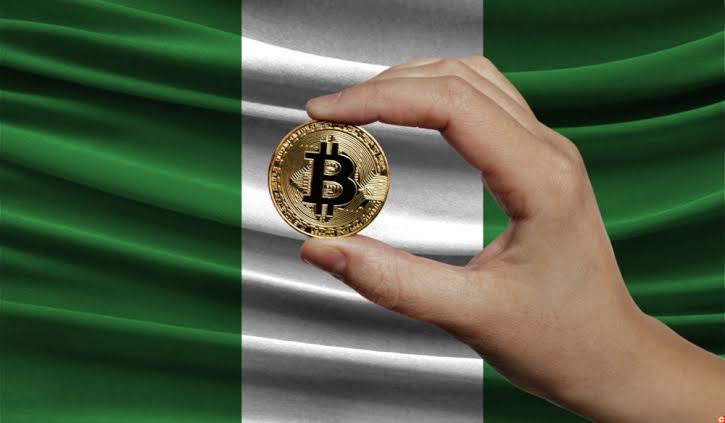The year is 2024, and Bitcoin, the cryptocurrency king, has just reclaimed its $50,000 throne. For the first time since November 2021, investors have been swept up in a wave of optimism, pushing the digital asset’s price above this key psychological barrier. This comeback isn’t a mere blip – it’s a 25% surge since January, fueled by dreams of wider adoption and a belief that its troubled past is fading. But before we crown Bitcoin the undisputed champion, let’s delve deeper into the forces shaping its present and peer into the uncertain future.
ETFs: The Holy Grail of Accessibility
At the heart of this rally lies the tantalizing prospect of US-approved Bitcoin ETFs. These exchange-traded funds would act as gateways for mainstream investors, allowing them to dip their toes into the crypto pool without directly buying the volatile asset. The anticipation of easier access has ignited buying pressure, with Fadi Aboualfa of Copper Technologies echoing the sentiment, “Enthusiast buyers bring in more enthusiast buyers pushing prices further up.” Could this be the key to unlocking institutional investment and propelling Bitcoin to new heights?
Scandals and Scams: Scars Still Run Deep
However, the path forward isn’t paved with pure gold. The specter of past debacles like the FTX collapse and Binance’s money laundering woes continues to cast a shadow. Sam Bankman-Fried, FTX’s former CEO, faces a staggering prison sentence for what’s been dubbed “one of the biggest financial frauds in American history.” These events have instilled fear and skepticism in some investors, reminding everyone that the crypto world remains fraught with risk.
Balancing Act: Rates, Inflation, and the Halving
Another crucial factor is the economic landscape. Bitcoin has found solace in expectations of the Federal Reserve easing interest rates as inflation cools. Lower rates tend to make riskier assets, like Bitcoin, more attractive. But the Fed’s decisions are always a tightrope walk, and any missteps could trigger volatility.
Looking ahead, the “halving” event in April 2025 looms large. This programmed scarcity mechanism, where the reward for mining new Bitcoins gets halved every four years, is believed to contribute to price increases. But will it be enough to sustain the momentum in the face of potential regulatory hurdles or unforeseen economic tremors?
The Verdict: A Crown of Uncertainty
While Bitcoin’s return to the $50,000 mark signifies a resurgence, it’s far from a victory lap. The path ahead is riddled with uncertainties: will ETFs materialize? Can Bitcoin shake off the shackles of past scandals? How will the Fed’s actions and the halving event impact the price?
For now, Bitcoin wears the crown, but its reign remains precarious. Investors, both seasoned and new, must tread cautiously, carefully weighing the potential rewards against the inherent risks. The future of Bitcoin, like the ever-fluctuating cryptocurrency market itself, remains an enigma, waiting to be unraveled.
